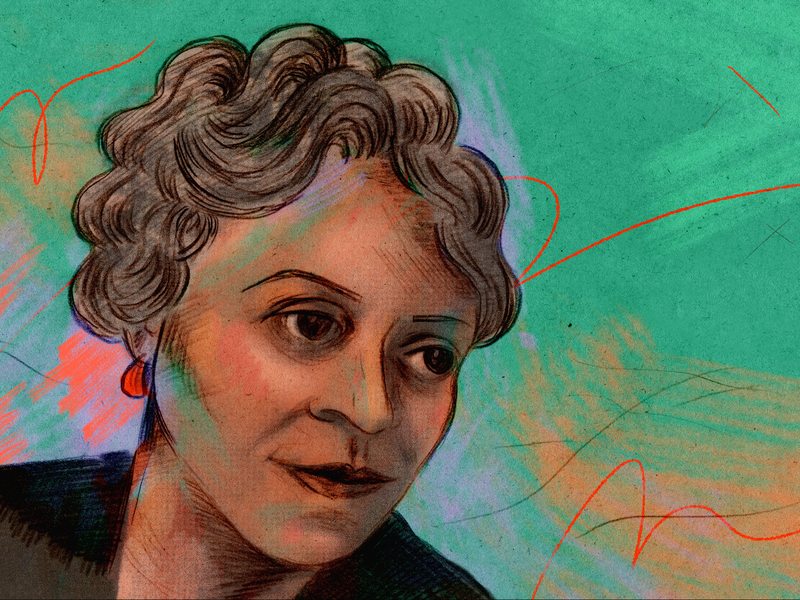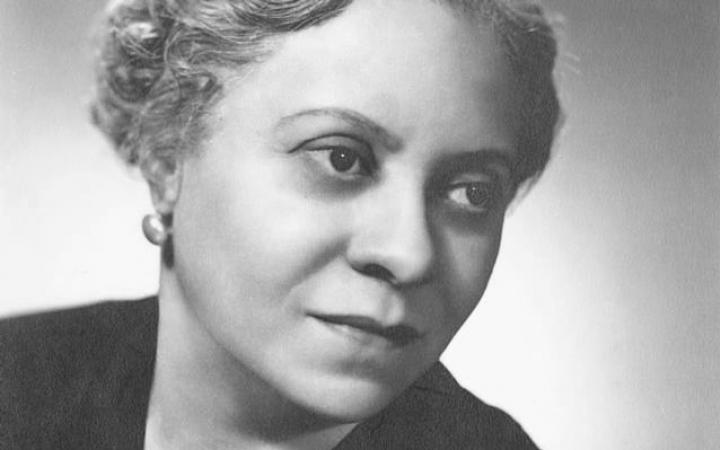Florence Price (1887-1953) was an African American musician: a composer, organist, pianist, and music teacher, who was the first African American woman to have her music played by a major orchestra, and also the first African American woman to be recognized as a symphonic composer. Until 2009, when hundreds of her works were found, she had essentially been forgotten by history. Today she is known for combining traditional European musical styles with Southern sounds and African American spirituals and church material.
She was born in Little Rock, Arkansas, and her mother was a music teacher who instructed Price in her early training; she gave her first piano recital at age 4, and her first composition published at age 11.
She earned degrees in both piano and organ, as well as a teaching certificate, from the New England Conservatory of Music in Boston, and also wrote her first string trio and symphony. She initially tried to pass as Mexican because of discrimination against African Americans, and this proved to be a common occurrence: when she moved back to Little Rock after graduating, she could not find a job as a music teacher because she was black.
Price then moved to Chicago with her husband and two children, eventually divorcing him after he proved to be abusive, and began a long and prosperous career in composition, making friends with figures such as Langston Hughes and Marian Anderson (who was an African American opera singer and a subject for a future post). It was there, in 1933, that her “Symphony in E Minor” won first prize in Wanamaker Foundation Awards and was subsequently performed by the Chicago Symphony Orchestra. She also won the third prize for her “Piano Sonata”.
She continued to write music, and her pieces were played by the WPA Orchestra of Detroit, the Women’s Symphony Orchestra of Chicago, and the Chicago Women’s Symphony. The list of her work is long: four symphonies, four concertos, dozens of pieces for the piano, organ, and violin, at least 16 arrangements of spirituals and a dozen for instrumental chamber music, and dozens more of vocal, orchestral and choral pieces.
Since the re-discovery of many of her pieces in 2009, she is finally getting some of the recognition that she surely deserved in life—arts festivals, schools, and concerts have been named and held in her honor, respectively. Let’s add her to the women we hold in our collective memory and honor.

